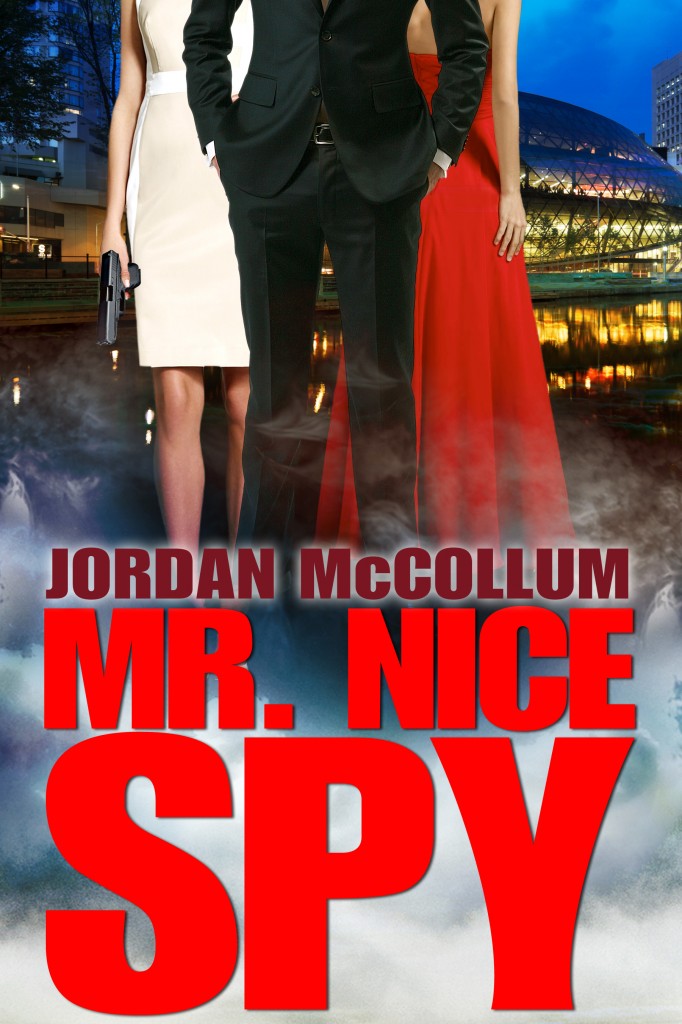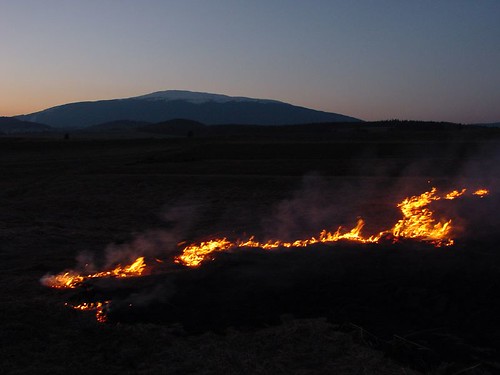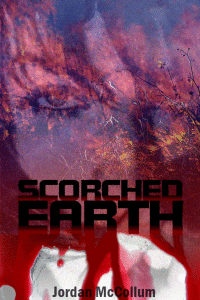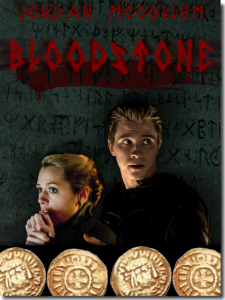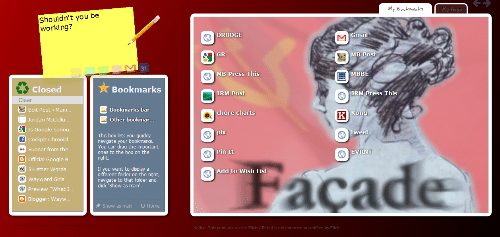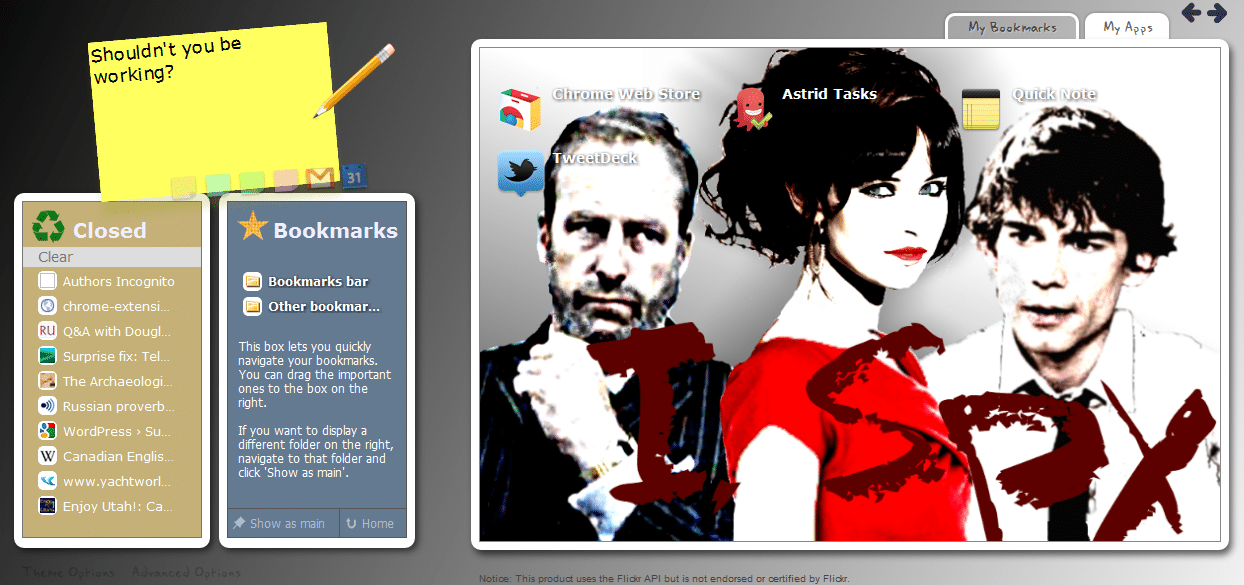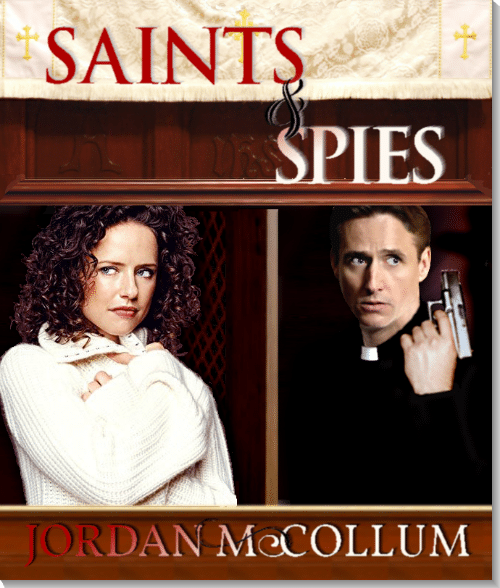I’ve liked typography since high school. I’ve even made my own fonts. I believe there’s a time and a place for almost every font—but not your book cover.
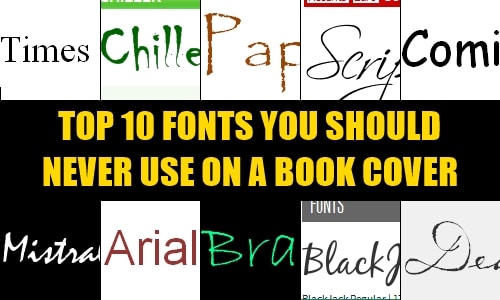
Your cover’s job is to convince us to read your book, that it’s worth our time and money more than the other 500,000 books out there. Most of these fonts are going to do the opposite: they’re so overused or generic, they have no place on your cover.

Arial and a number of its sans serif cohorts (Helvetica, Tahoma, Lucida Sans) have become the go-to fonts when we want a clean, sans serif look. Admittedly, they can sometimes work, but Arial . . . unless you want your book to look like somebody’s web page, just leave it alone.

I wish I had a collection of all the places I’ve seen this font, starting with my blog header from seven years ago. There’s nothing inherently wrong with this font, I guess, but I’ve seen it on book covers, company logos, signs and more. It was a good font once. Let it die.

This one might be leaning a little toward personal preference, but it comes down to this: if your font came bundled with Microsoft Word, it’s probably already overused.

This is the font we used to look like you were handwriting something . . . in elementary school.
Along these same lines, Brush Script. Just don’t do it.

Okay, when your font is mentioned by name in a parody, it’s over. This font has been used to “represent” so many times and places that it’s lost all inherent meaning. Ancient Egypt? British Navy? Werewolves? WHY NOT? A local restaurant thinks it screams “contemporary Mexican,” especially in red text over a green hacienda. It screams, “Totally illegible” to me.
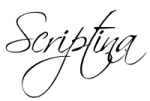
This font was already starting to be overused about eight years ago. You want swirly and you want statements, but you don’t want “Oh yeah, that’s the same kind of writing my friend’s blog used ten years ago.”

This font is not scary; it’s illegible. This font does not make your book look frightening or suspenseful. It makes it look amateurish.

I love Times New Roman. I do. I reset every word processor I use to write in Times New Roman. But the default font of business communications has no place on (or in!) your book. At all.
Possible exception: you’re writing a history of Times New Roman. Then sure.

And all other 18th- and 19th-century handwriting fonts. They do not make your book look intriguing, historical or cool. They make your book look cliché.
Possible exceptions: your book is actually set in the 18th or 19th century and involves handwritten notes. Or you’re a pirate.
You, sir, are no pirate.

Just no.
(If I have to explain why, please just take this as a sign that you need to hire a cover designer.)
Viable alternatives
Naturally, in a year or two or five, these could all well become candidates for the list, but here are some legitimate, free alternatives to the above!
Handwriting fonts
Step aside, Mistral & Bradley Hand. Check out these handdrawn fonts from FontSquirrel.com. Of particular note, I like Harabara Hand, Jinky (unless you’ve got a capital J in your name or title . . . totally thought that said “linky”), and Journal. (Caution on Rock Salt, though. Anything Google offers as an option for Blogger headers is probably at the tipping point.)
Sans serif
You can do better than Arial et al. Sans serif fonts at FontSquirrel are a good place to start. My faves are more stylized (Lintel) or sophisticated (Linux Biolinium, Proza, Tenderness).
Serif
Yep, you can use serif fonts on covers. Again, Times New Roman is out (and as this article points out, Trajan and Copperplate are overdone in this department, too). It’s almost hard to go wrong other than that.
For interiors, steer clear of Times New Roman, too. Book Antiqua, Palatino and Garamond are all standard choices, while Bembo, Baskerville and the like are what professionals gravitate toward. Me? I’m partial to Linux Libertine: legible with LOTS of extended special characters. FontSquirrel has more serif options, too.
Script
Let’s do away with BlackJack in favor of some more original alternatives! Try Dancing script or Euphoria script. Going a little fancier? CAC Champagne has served me well, and Great vibes is lovely.
You want something with extra flourish? Pass by Scriptina and consider Miama or Promocyja. Legible and fancy. If you’re feeling daring, skirt the edge of readability with Lovers quarrel.
Choosing fonts
When choosing a font, always remember to look at your title (or name or whatever) in that font. I usually choose my fonts based on those specific glyphs—like the font in my header (from P22 type foundry). I chose it for the J glyph; I actually had to alter the M to get what I really wanted.
If you’re really, really picky, or you want something even more specialized, I suggest shopping at MyFonts.
Matching a font you’ve seen elsewhere? Try Identifont (describing it according to a limited set of letters) or MyFont’s WhatTheFont! (upload image).
No affiliate links here, folks. I’m that committed to typography.
Want to win $30? Enter the review contest!









